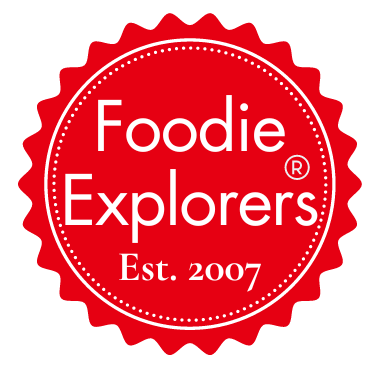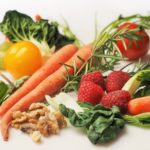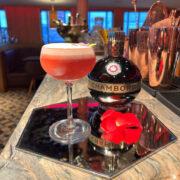Re-discovering the old country
Over the years the new kids on the block from California, New Zealand and South America have edged France out of the way for its old school wine but in 2014 France reclaimed its position as number one wine-producing country in the world and many of the popular new world wines started life as French grape varieties anyway (Malbec being one).
We were lucky enough to be invited to an epicurean evening to re-discover Loire wines at Café St Honoré, Scotland’s most Sustainable Business of the Year 2014 (as awarded by CIS). We’d never eaten there before but had tried to book a table just a few weeks prior when it was fully booked – luckily L’escargot Blue was on hand to relieve our disappointment with a great French-inspired meal on that occasion!
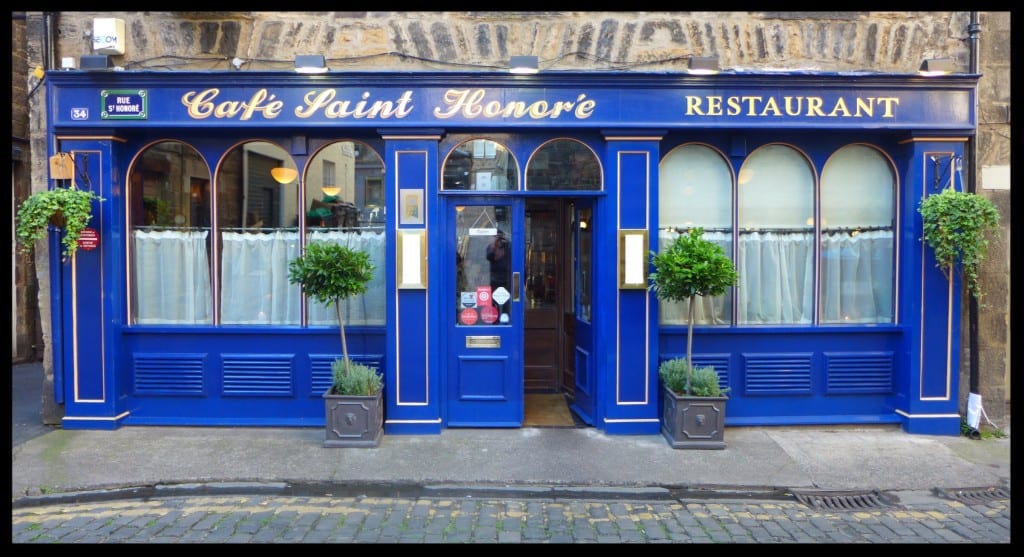
And so we turned up just on time (is 1 hour 40 mins from Glasgow city centre a normal commute?!) Sadly Neil Forbes (who also won “Chef of the year” at the CIS awards) wasn’t in but the rest of the team welcomed us instantly with some delicious canapés and an apéritif – a glass of Eric Legrand Rosé d’Anjou 2014, £8 per bottle (Marks & Spencer). This was sweet, fruity, delicate and an excellent candidate for lounging in the garden whilst reading a book.
I think most foodies are aware of AOC (Appellation d’Origine Contrôlée) certification in France (there are well over 300 certified wines!) but underlying that is “terroir“, which seems to be one of the buzzwords of 2015 so we were keen to find out more about this French concept which doesn’t really translate to these shores. We were shepherded through our discovery by wine expert Tom Cannavan of www.wine-pages.com, aided by a 4-course meal from the Café St Honoré kitchen and then a final round of cheeses from cheese expert Phoebe Weller AKA The Roving Fromagiere. Phew!
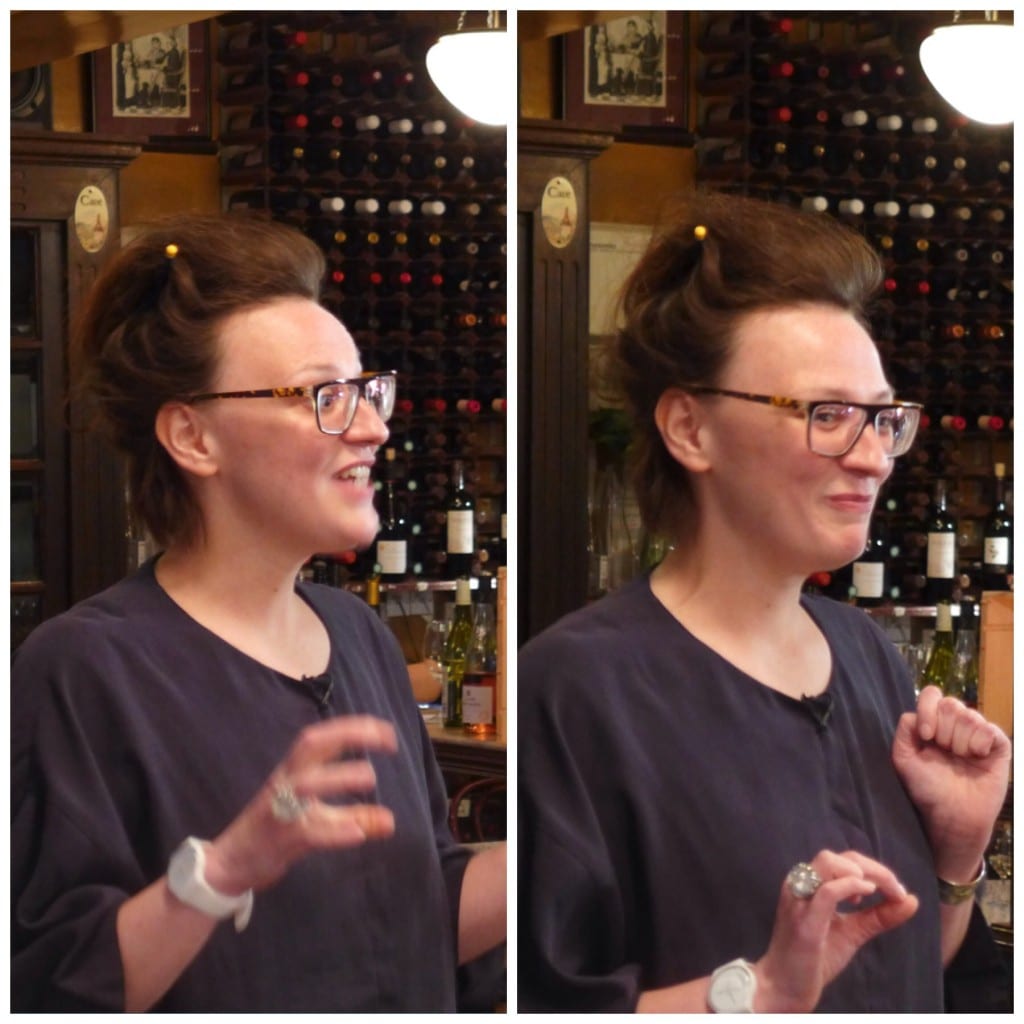
We’d been to a couple of cheese tastings with Phoebe before (see here for one) so knew what to expect from her sensory “chewtorials”. These are not merely gustatory sessions but also ocular, olfactory, and even haptic (Mr Foodie was out with the thesaurus tonight!) – Phoebe is probably the sort of girl your mother warned you about, she wants you to play with your Pecorino and Manchego!
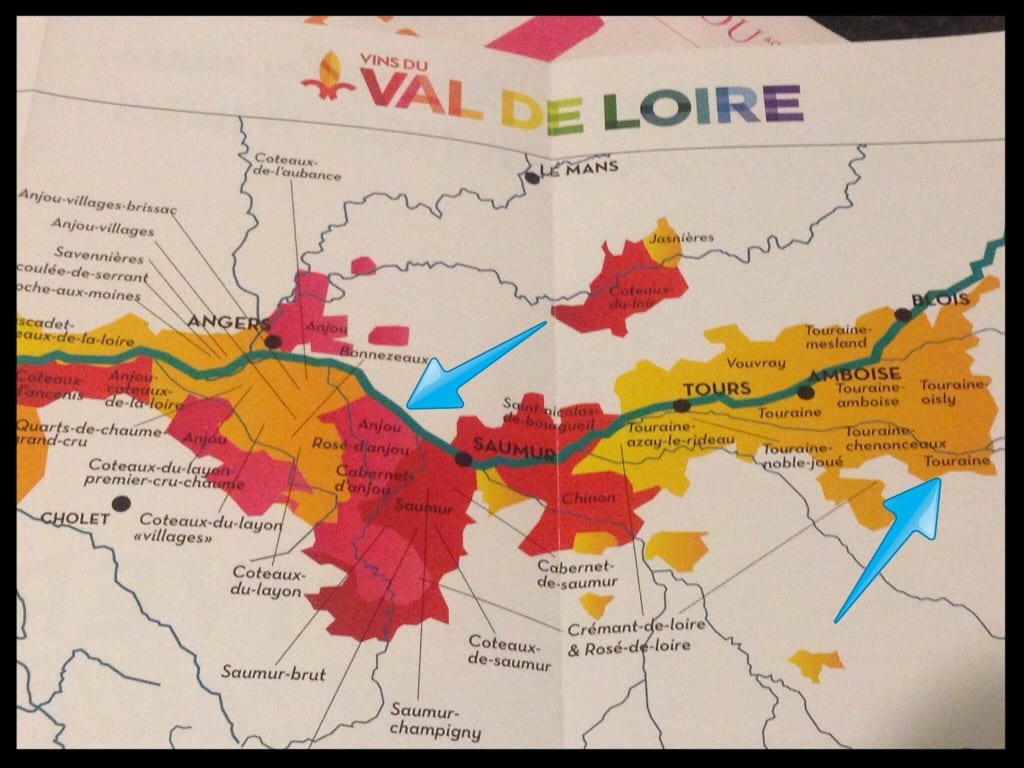
But back to the wine for now, – the Loire valley region stretches from Nantes near the coast to Sancerre through Northern France; the region has a wide range of AOC wines to showcase (most we didn’t recognise, Pouilly-Fumé and Sancerre aside) and thankfully for our liver the night concentrated on just Rosé D’Anjou and Touraine wines.
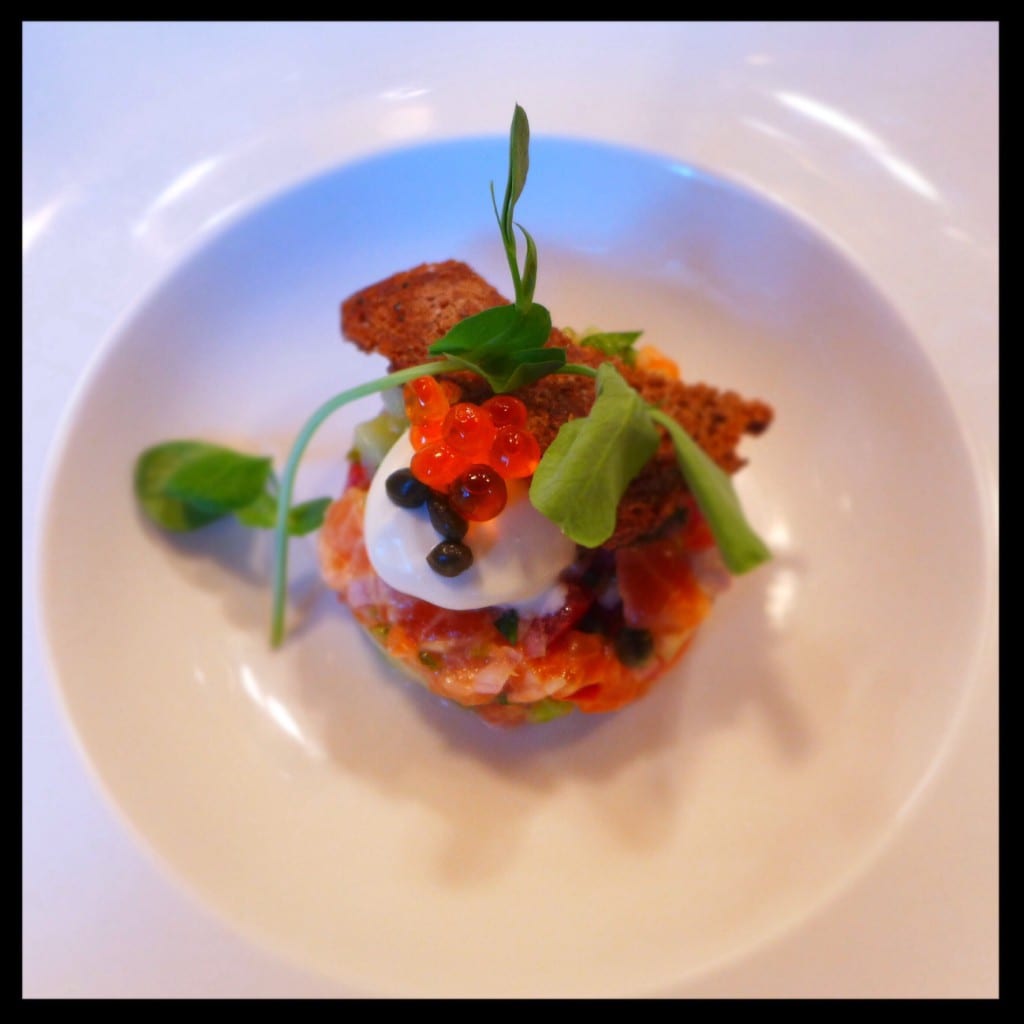
Our first course was matched with Domaine de l’Aumônier Touraine Sauvignon Blanc 2014, £9.95 (Available from Stone, Vine & Sun) . This wine was discussed at our table as “a Sauvignon Blanc for people who don’t like Sauvignon Blanc!”, it lacked the grassy, acidic fruitiness of the Marlborough wines we enjoy and was more like an oak-aged Chardonnay, which Tom advised has gone out of vogue. It paired excellently with the sea trout as well as all of the cheeses later. A good all-round bottle in our opinion.
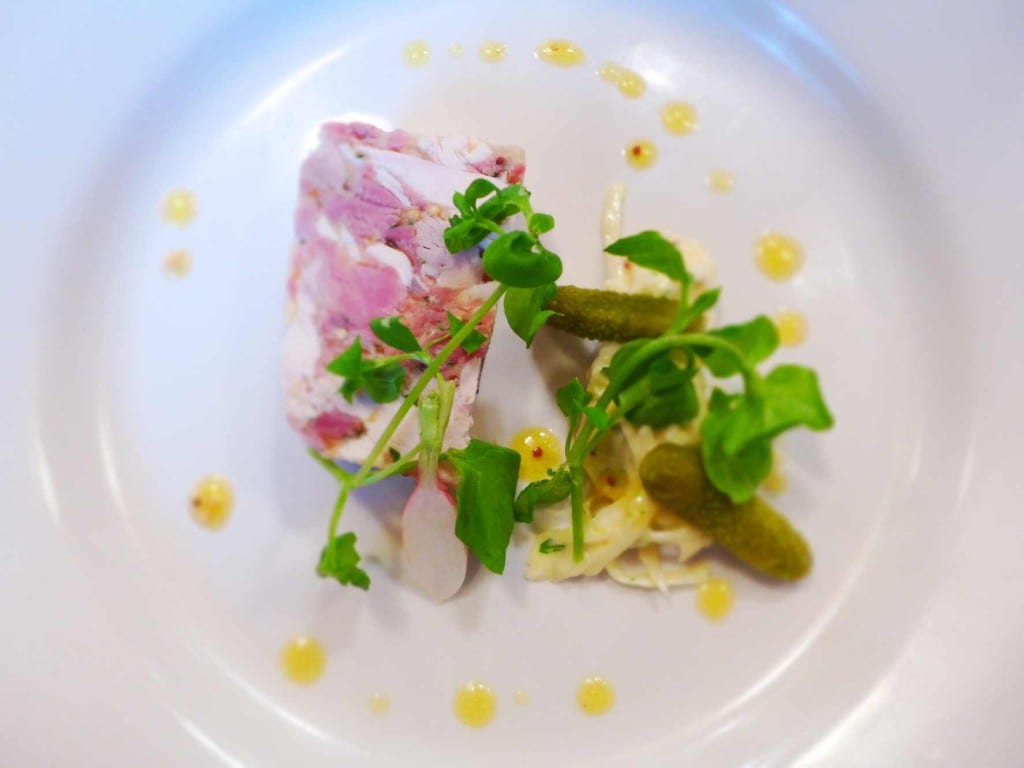
Our second dish of Grierson’s organic chicken & ham hock terrine with celeriac remoulade was served beside La Jaglerie Rosé d’Anjou 2014, £7.99 (Oxford Wine Company). This wasn’t as dry as the first rosé of the evening, with more fruit/berry taste and a sweet acidity which worked exceedingly well with the cold meat and the creamy remoulade.
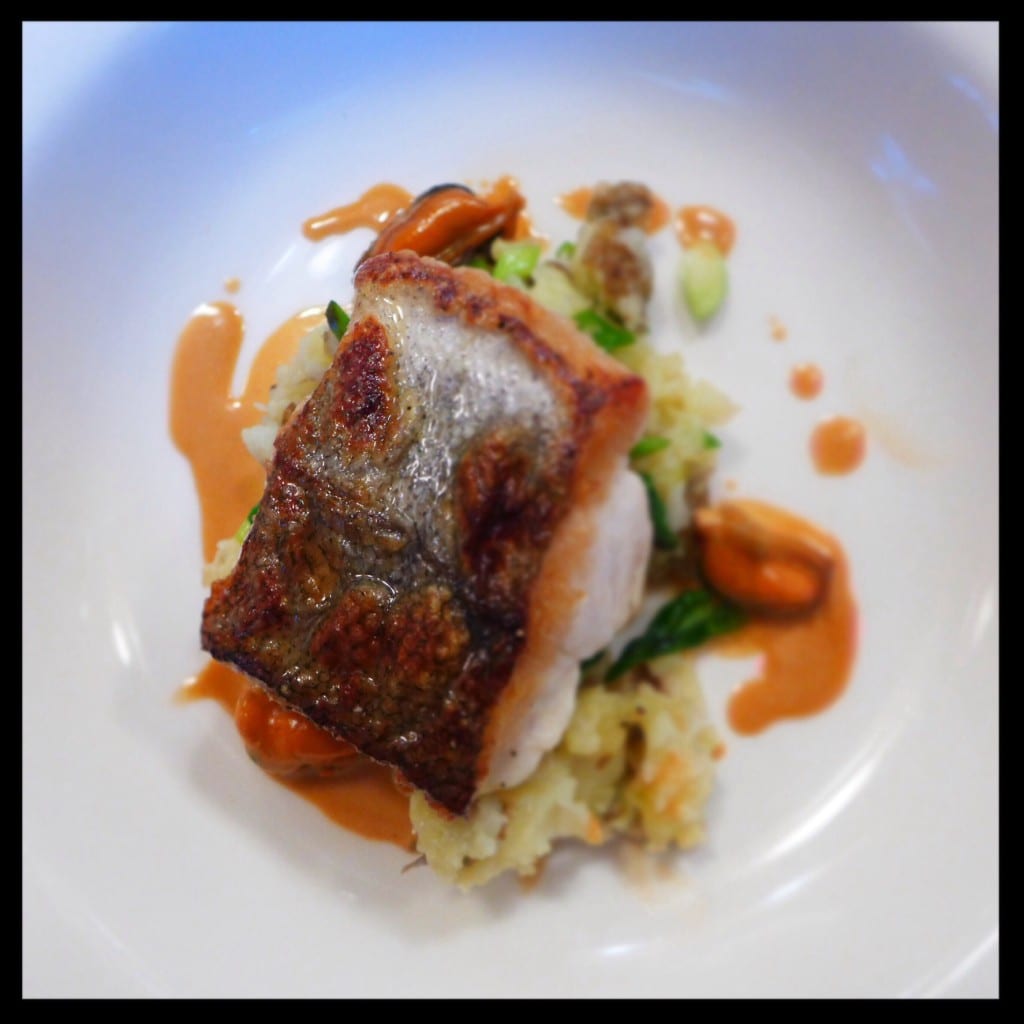
The hake was divine and our favourite course of the evening; a good meaty piece of fish with salty crisp skin and perfect potatoes. This was paired with Domaine Jacky Marteau Touraine Sauvignon Blanc 2014, £9.40 (Marks & Spencer), which was like the Sauvignon Blancs from the Marlborough area that we’re used to, with gooseberry, kiwi and elderflower on the nose and a light, sweet and flowery taste but there was controversy at our table as one of the attendees referred to this type of wine as smelling like cat pee! I suppose one man’s elderflower is another man’s cat pee, but they retracted slightly saying they wouldn’t normally drink a Sauvignon Blanc but they would drink this! Phew! This style of wine can be too acidic for some people but the sweetness of the wine stood up to the saltiness of the dish making it a perfect choice for the fish.
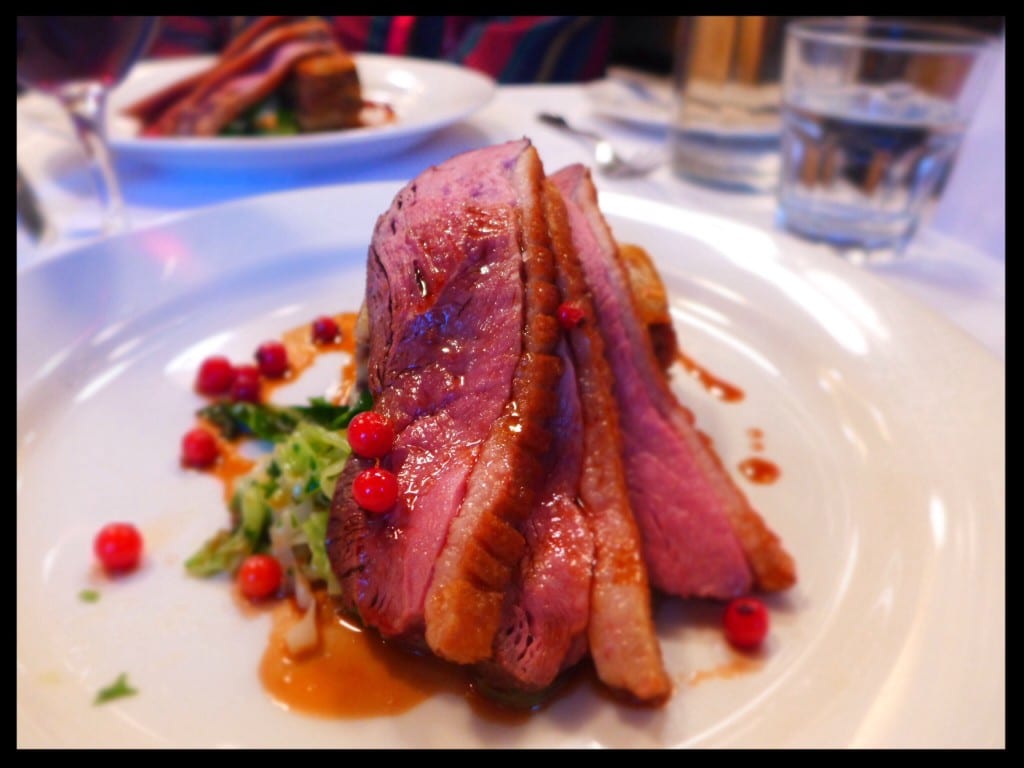
Generally we have been white wine drinkers staying away from reds, well that was until we discovered Malbec (at a Mendoza wine tasting night) and then Bobal (at a Spanish wine tasting night) and then Pinot Noir (at yet another wine tasting night!). So we can verify that wine-tastings are worthwhile and give you the impetus to seek out bottles that you would otherwise have skipped past, but our purchasing decisions will be even more difficult now that we will have to weigh up yet another bottle: Les Marcottes Touraine Gamay 2012, £9.95 (Lea & Sanderman). Initially it reminded us of a Belgian lambic we’d drank the night before (see here) with ripe cherry and then perfumey fragrances like jasmine but then when you brought the nose closer to the glass you got a whiff of the countryside, oo’er! Described by others as “funky” or “the train has just left Falkirk!”, Tom explained that the Gamay vines can be thirty-years old thus digging deeper into the soil and picking up minerals that younger vines can’t reach, which helps create the distinctive aroma, which even he admitted had a farmyard fragrance so it was a bit of a challenge for everyone at first! However, paired with the duck it was divine, deliciously crisp fat, pink meat and redcurrant jus pairing perfectly to create an earthy taste but with acidity to cut through the fat.
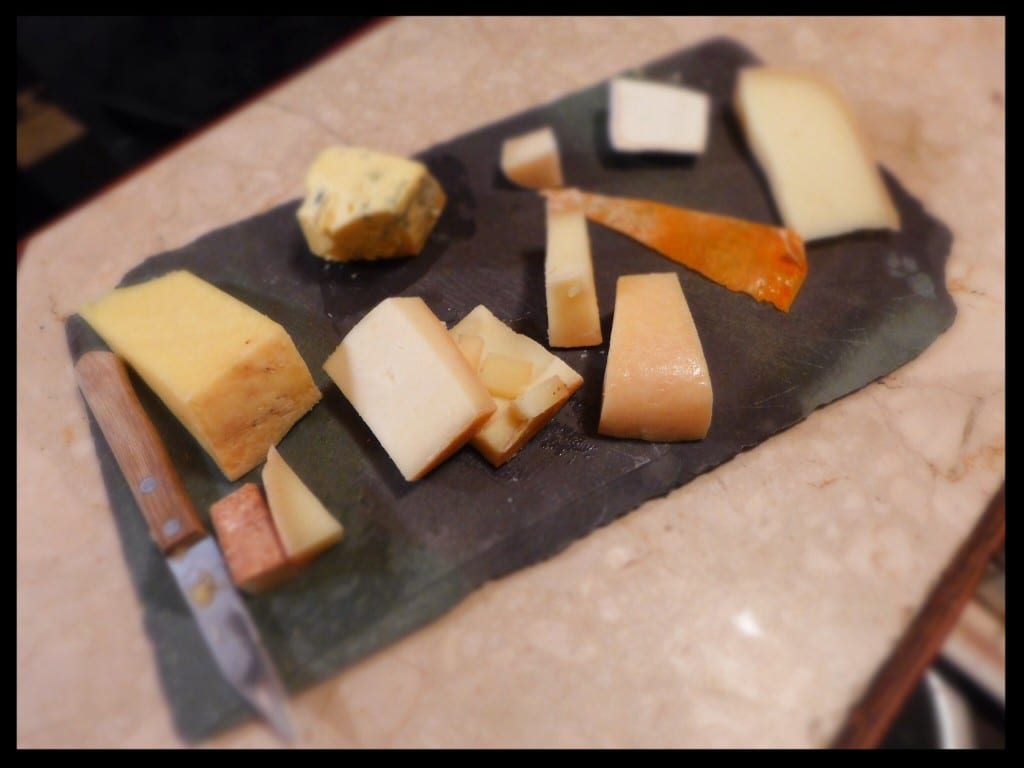
After a ten-minute respite it was time for a final glass of wine – Rosé D’Anjou, Domaine des Essarts, £8.52 (Christopher Piper Wines). This was a light, sweet, fruity wine which was designed to pair with the cheeses that followed…Phoebe Weller had six to showcase and we got to try each of the night’s wines with them to see which worked best. Each cheese was taken apart, sniffed and swirled with wine. Here are the six and what we thought of them:
1) Chabis: a goats’ cheese from England which wasn’t that acidic, pungent or ammoniated like the more common goat cheeses can be, it was pure white inside with a crumbly chalky texture and both the Sauvignon Blancs and Rosé D’Anjou went well with it.
2) Mrs Kirkham’s Lancashire cheese, England. A creamy, buttery and moreish cows’ milk cheese. The Domaine de l’Aumônier Touraine Sauvignon Blanc was a winning pairing here.
3) Bonnet, from Dunlop, Ayrshire, Scotland. A nutty tasting, light goats’ cheese. Again we felt the Domaine de l’Aumônier Touraine Sauvignon Blanc worked best here.
4) Ossau Iraty, France. A sheeps’ milk cheese which is firm, smooth, nutty, slightly buttery and creamy with an aroma reminiscent of rice pudding! Excellent for munching on its own or with a glass of white. I know this cheese well as I was once ID’d trying to buy some with a bottle of wine in Marks & Spencer. I suspect that the reason I was refused the purchase was because I’d probably lifted a Merlot instead of a more suitable Loire valley wine!
5) Landana Rosso, Netherlands. Made from goats’ milk, this was the msot pungent smelling of the lot, with a creamy Gouda taste and texture but you can cover the feety whiff with a good glug of any of the whites!
6) Cashel Blue, Ireland. Another creamy cheese awaiting some wine acidity to set it free. Phoebe advised us that this cheese was modelled on Danish Blue, despite looking and tasting nothing like it! The first blue I ever tried was Danish Blue which put me off blue cheese and then a second attempt at Blue Stilton didn’t help leaving me avoiding blue cheeses for years, it was only when I discovered the more approachable creamier cheeses like Cashel (possibly at a previous cheese tasting?!) that I started buying and eating them.
Overall we felt that the Domaine de l’aumônier Touraine Sauvignon Blanc 2014 worked best with all of the cheeses sampled but don’t let us influence your own cheese and wine party!
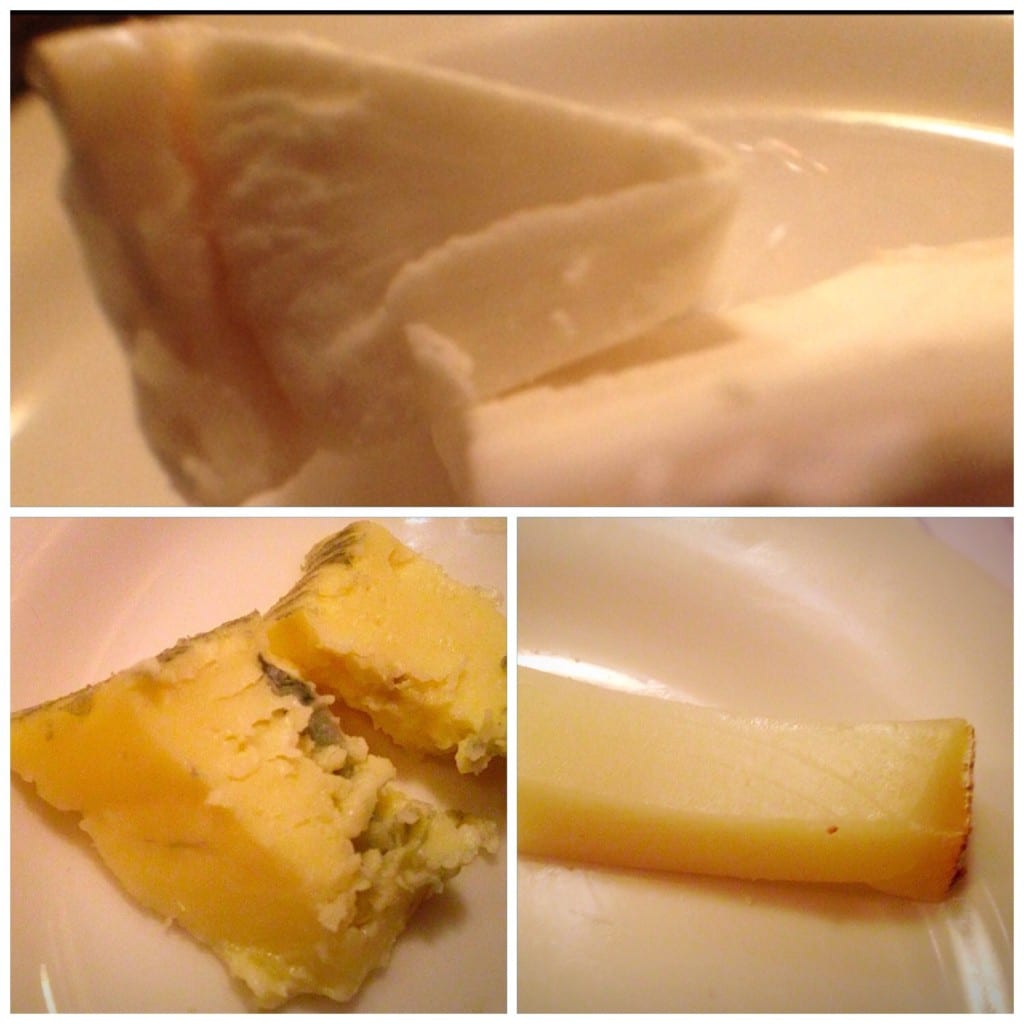
And after all that glorous food we were unsurprisingly stuffed!
This was a great informative evening which has re-awakened our appreciation of not just Loire wine but French wine in general. From Tom we discovered some new wines and learned how rosé is made and also how it’s possible to make a white wine from a red grape variety. From the team at Café St Honoré we got to experience food that we’d missed out a few weeks earlier. And from Phoebe we discovered some new cheeses which inspired me to go out and make some purchases the following day – we had cheese and wine for three nights in a row!
If you are interested in any of the wines mentioned the good news is that they are all available for under £10 and if you can’t find these specific bottles you’ll probably find something similar in any good wine merchant or supermarket. Valhalla’s Goat might be a good place to look in Glasgow.
And if you are interested in Phoebe’s cheese tastings then you can see what she’s up to on her website here.
Many thanks to Romain at Sopexa for arranging the evening, our lovely friend Phoebe @rovingfromage and new friend Tom Cannavan winepages for their passion. Also thanks to Café St Honoré for their delicious food and Loire Valley Wines for the opportunity to try the wines.
